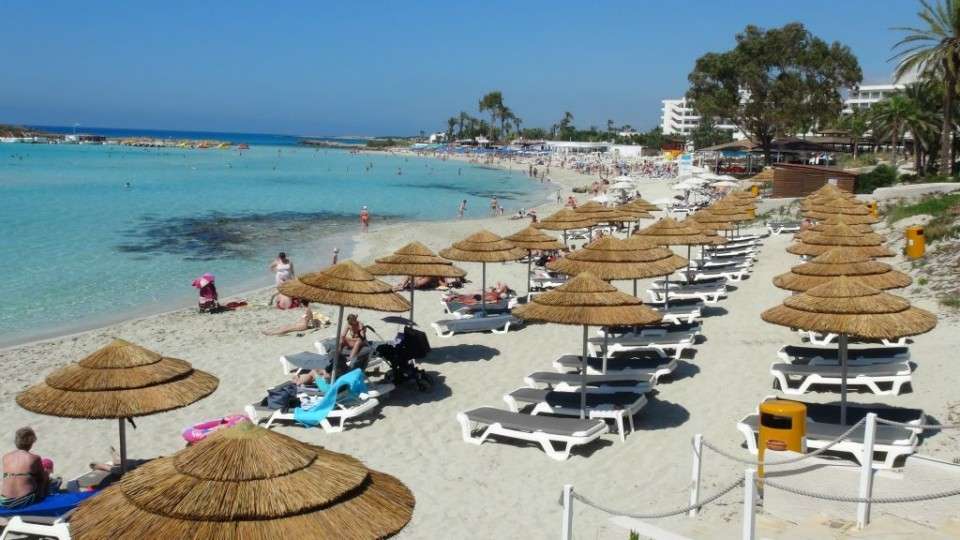Warsaw • Poland
The capital and largest city of Poland, located on the Vistula River, was extensively damaged during World War II and rebuilt with the effort of Polish citizens.
Warsaw became the capital of the newly-independent Poland in 1918. The Vistula River is the axis of Warsaw, which divides the city into two parts, left and right. It goes through the city and plays an important role as a landmark.
Warsaw‘s mix of architectural styles reflects the turbulent history of the city and country. During WWII, Warsaw was flattened to the ground by bombing raids and destruction. Eight out of every ten buildings in Warsaw were destroyed. After liberation, most of the historical buildings were reconstructed. Mass residential blocks were erected, with a basic design typical of Eastern bloc countries.
During World War II, Warsaw came under the rule of the General Government, a German Nazi colonial administration. Warsaw’s entire Jewish population, 30% of the city, were moved into the Warsaw Ghetto. On April 19, 1943, when the order came to annihilate the ghetto as part of Hitler’s “Final Solution”, Jewish fighters launched the Warsaw Ghetto Uprising, the Ghetto held out for almost a month and when the fighting ended, almost all survivors were massacred, only a few managed to escape or hide.
By July 1944, the Red Army was deep into Polish territory and pursuing the Germans toward Warsaw. Knowing that Stalin was hostile to the idea of an independent Poland, the Polish government-in-exile in London gave orders to the underground Home Army to try to seize the control of Warsaw from the Germans before the Red Army arrived. On 1 August 1944, as the Red Army was nearing the city, the Warsaw Uprising began, lasting for 63 days, eventually were forced to surrender. Hitler, ignoring the agreed terms of the surrender, ordered the entire city to be razed to the ground and the library and museum collections taken to Germany or burned. Monuments and government buildings were blown up by special German troops, about 85% of the city had been destroyed, including the historic Old Town and the Royal Castle.
On January 17, 1945, Soviet troops entered the ruins of the city of Warsaw and liberated Warsaw’s suburbs from German occupation. After the war, under a Communist regime set up by the conquering Soviets, large prefabricated housing projects were erected in Warsaw to address the housing shortage, along with other typical buildings of an Eastern Bloc city, such as the Palace of Culture and Science. The city resumed its role as the capital of Poland and the country’s centre of political and economic life. Many of the historic streets, buildings, and churches were restored to their original form. In 1980, Warsaw’s Historic Old Town: Unesco World Heritage Site, a reconstruction of the past and the only sign of what the capital used to look like, was inscribed on to UNESCO’s World Heritage list.
The Palace of Culture and Science (1952 – 1955), a Soc-realist skyscraper located in the city centre, and the Constitution Square with its monumental Socialist realism architecture, a gift from Stalin, that most nationals see as an eyesore but foreigners may be delighted to see such a strange building and architecture of the time.
With the entry of Poland into the European Union in 2004, Warsaw experienced the biggest economic boom of its history.
The Old Town is fully contained within the borders of the city centre and the Palace of Culture is a landmark visible from almost any location, if you get lost, walk toward the Palace of Culture and Science. Most of the major sightseeing attractions are located in Centrum area, but the further from Centrum your journey, the less likely you’re to find much of anything that is of any major interest.






